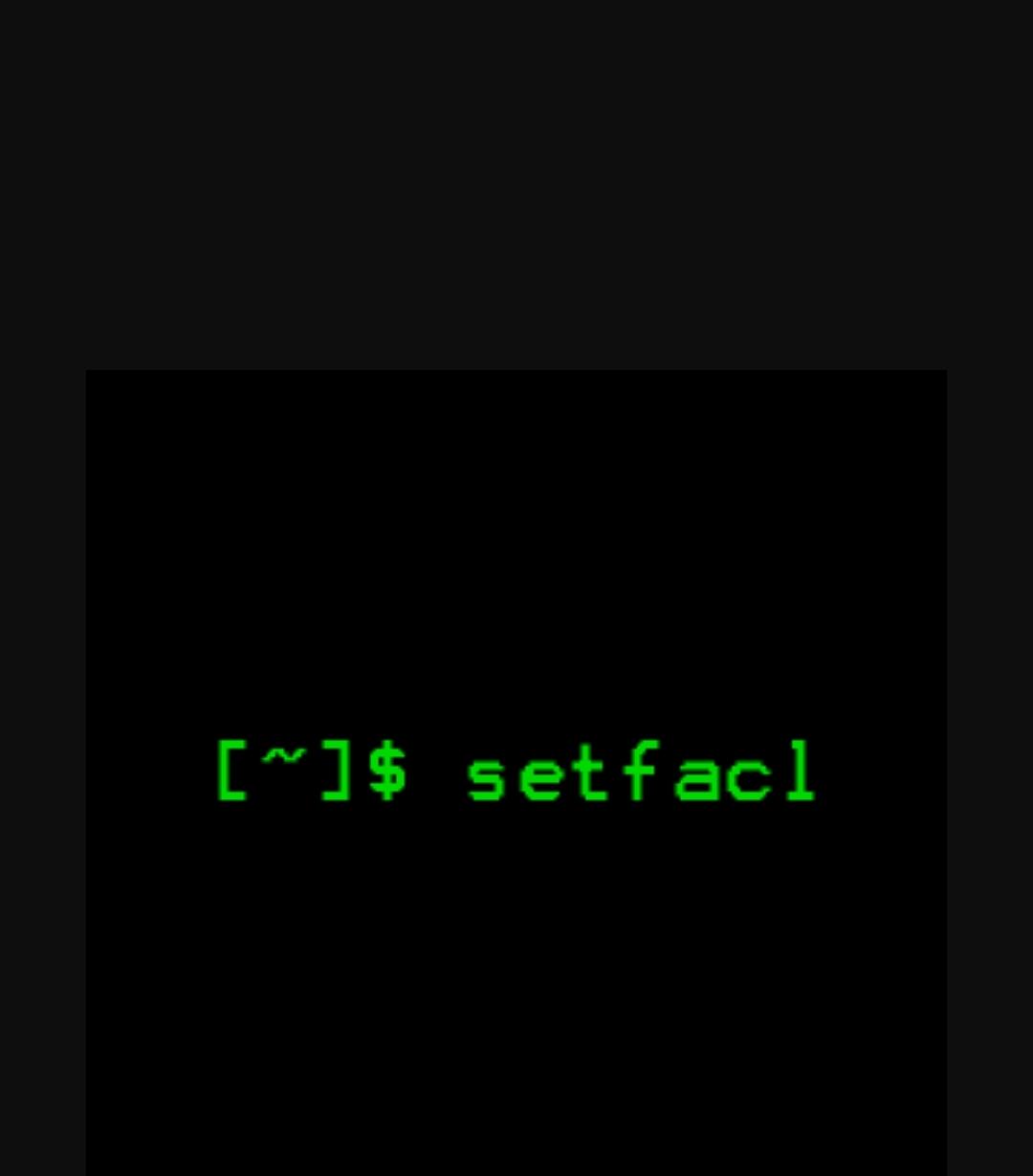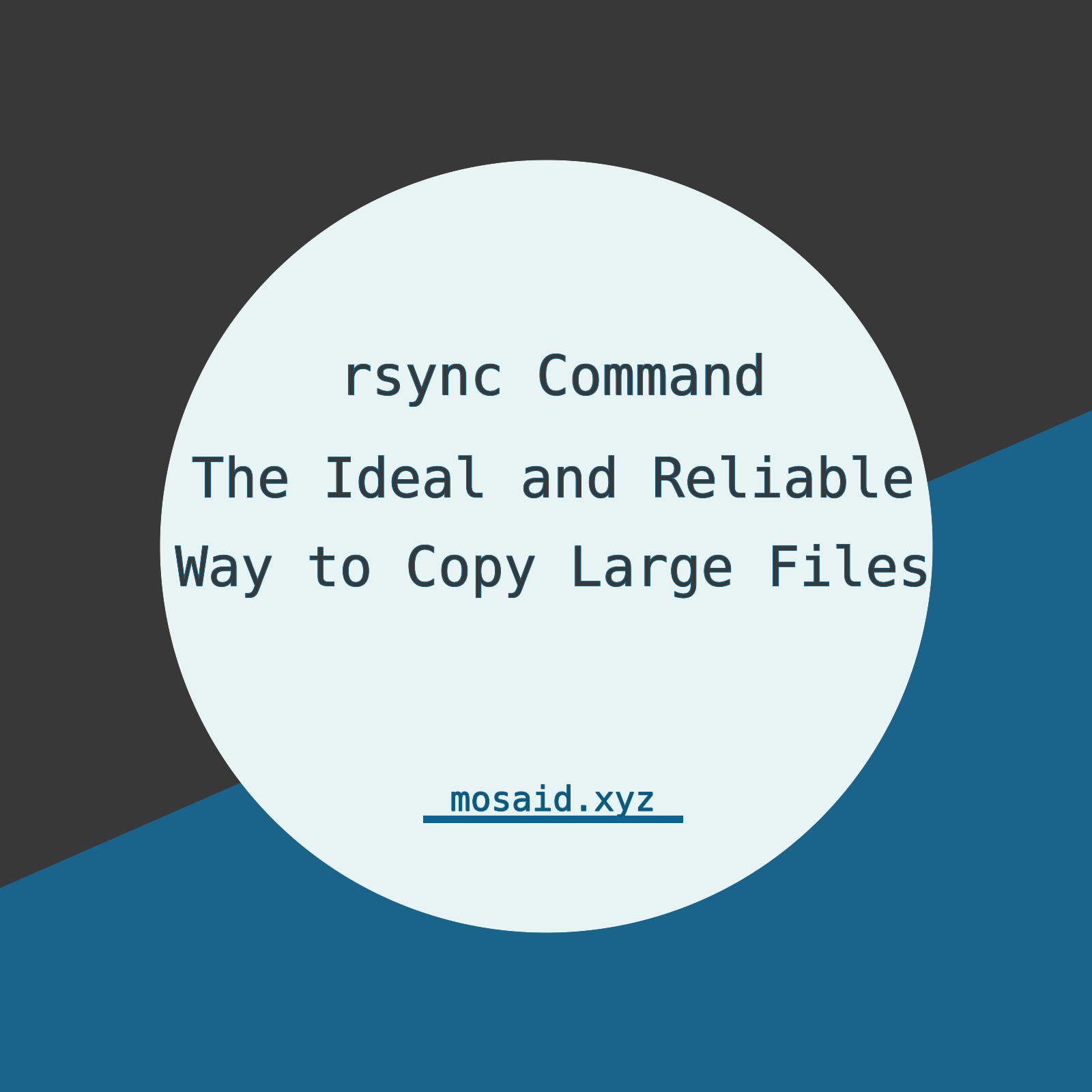Automated Backup Solutions: Safeguarding Your Daily Work
Category: Linux
Date: 3 months ago
Views: 420
In the digital age, where the bulk of our work and personal documents exist in electronic format, ensuring their safety and accessibility is paramount. Imagine investing hours into crafting a crucial report, a research paper, or a personal project only to lose it due to technical glitches, accidental deletions, or hardware failures. To prevent such nightmares, it's essential to establish a robust backup system. In this guide, we'll explore how to backup your important documents, focusing particularly on files you interact with daily, such as ongoing projects or works-in-progress.
Understanding the Importance of Regular Backups
Before delving into the specifics of backup methods, let's underscore why regular backups are indispensable:
•Data Loss Prevention: Accidents happen. Whether it's a power outage, a software crash, or human error, the risk of losing valuable data is ever-present.
•Protection Against Hardware Failure: Hard drives can fail unexpectedly, resulting in permanent data loss. Backing up your files ensures that even if your primary storage device malfunctions, your data remains intact.
•Version Control: When working on documents that undergo frequent revisions, maintaining a history of changes allows you to revert to earlier versions if necessary.
Implementing a Backup Strategy
•Identify Critical Files: Begin by identifying the files and folders that are indispensable to you. This includes documents, presentations, spreadsheets, and any other data you interact with regularly.
•Select a Backup Method: There are various backup methods available, ranging from manual backups to automated solutions. Choose a method that aligns with your workflow and provides the level of redundancy you require.
•Automate the Process: Automating backups ensures consistency and minimizes the risk of human error. Utilize tools like cron jobs (for Unix-like systems) or task schedulers (for Windows) to schedule regular backups at convenient intervals.
•Utilize Versioning Systems: Version control systems such as Git are invaluable for managing projects involving code or text-based documents. They track changes over time, allowing you to revert to previous versions effortlessly.
Example Backup Script for Daily Use
If you're working on documents regularly and want a straightforward backup solution, consider implementing a script similar to the following:
#!/usr/bin/env bash
# Define backup directory
backup_dir="$HOME/backups"
# Create backup directory if it doesn't exist
mkdir -p "$backup_dir"
# Get current date and time
timestamp=$(date +%Y-%m-%d_%H-%M-%S)
# Get current directory name
current_dir=$(basename "$(pwd)")
# Create backup filename with directory name
backup_file="$backup_dir/${current_dir}_backup_$timestamp.tar.gz"
# Archive current directory and compress it
tar -czf "$backup_file" .
echo "Backup created: $backup_file"
This script creates a compressed archive of the current directory and saves it in a designated backup directory. You can then schedule it to run daily using a cron job, ensuring that your files are backed up regularly without manual intervention.
Conclusion
Protecting your important documents through regular backups is a simple yet crucial practice that can save you from potential disasters. By implementing a robust backup strategy and leveraging automation where possible, you can safeguard your work and enjoy peace of mind knowing that your data is secure and accessible whenever you need it. Remember, when it comes to backups, it's better to be safe than sorry.





















0 Comments, latest
No comments.